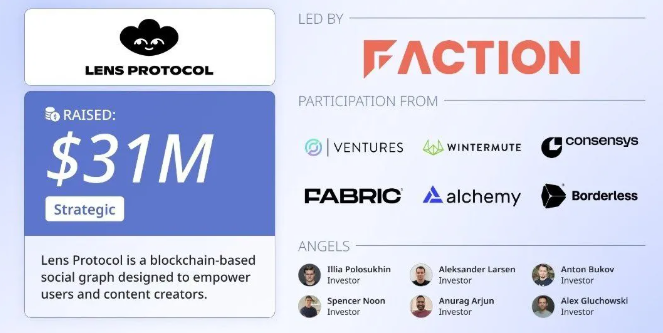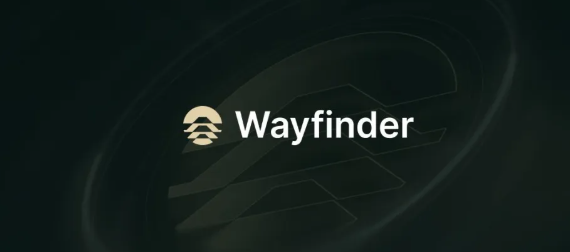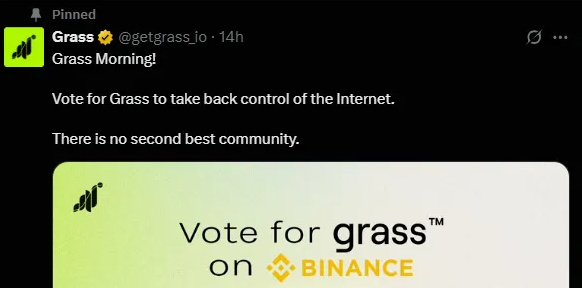Mainnet Incoming? Lens Protocol Goes Live with $46M in Funding, Igniting a Surge in Ecosystem Activity!
According to official sources, the Lens Chain mainnet went live on April 4, officially kicking off the SocialFi era. Lens has formed strategic partnerships with several major DeFi and infrastructure projects, including Uniswap, Balancer, LayerZero, Circle, Consensys, and Chainlink. The goal is to unlock the economic potential of decentralized SocialFi.

Lens Protocol Introduction
Lens Protocol is a decentralized and open social graph that any application can plug into. It is designed to empower creators to own the link between themselves and their communities, forming a fully composable and user-owned social graph. The protocol is built from the ground up with modularity in mind, allowing for the addition of new features and fixes, while ensuring the immutability of user-owned content and social relationships.
Lens Protocol focuses on developing a decentralized array of social graphs. Its targeted solution is based on a graph database (GDB). GDB stores data using a graph structure composed of individuals (nodes), relationships between individuals (edges), and various attributes.

Lens Protocol Team
Lens Protocol is developed by the team behind AAVE, a highly successful project in the DeFi space. Key team members include:
-
Stani Kulechov
Founder and CEO of Aave. He is an experienced entrepreneur with extensive technical development experience in crypto, blockchain, and advanced tech. Stani also mentors the founders of several blockchain projects and has spoken at many fintech and blockchain events. -
Christina Beltramini
Head of Growth at Avara & Lens Protocol. She previously worked at ByteDance and JPMorgan. Christina graduated from the University of Queensland.
Lens Protocol Fundraising
-
First Round: On November 4, 2022, Lens Protocol completed its first fundraising round led by Seed Club Ventures.
-
Seed Round: On June 8, 2023, Lens raised $15 million in a seed round led by IDEO CoLab Ventures, with participation from General Catalyst, dao5, Variant Fund, Blockchain Capital, Fenbushi Capital, Zee Prime Capital, and others.
-
Third Round: On December 18, 2024, Lens raised $31 million in a round led by Faction, with participation from Fabric Ventures, Foresight Ventures, Wintermute, Borderless Capital, Avail, DFG, Circle Ventures, ConsenSys Mesh, Alchemy Ventures, Bodhi Ventures, Re7 Capital, and others.

Key Features of Lens Protocol
Lens Protocol essentially replicates traditional social media functions and brings them onto the blockchain using smart contracts. These include:
-
Publications: All content created by creators, curators, and users, including posts, comments, and mirrors.
-
Comments: Users can comment on posts from other profiles. All comments are stored in a thread within the user’s NFT profile.
-
Mirror: The act of resharing content to amplify its reach within the network. Reshared content is subject to the rules set by the original content’s profile.
-
Collect: A way for creators to tokenize their content. Other users can mint NFTs based on the original post under specified conditions.
-
Follow: Allows users to follow other profiles. Following establishes a connection and mints a Follow NFT, governed by conditions set by the profile owner. Follow NFTs also include governance features.
Conclusion
Lens Protocol shows strong growth potential and offers a compelling alternative to traditional Web2 social media platforms. Unlike centralized platforms that dominate user engagement, Lens empowers individuals to realize their personal value and transform their content into a connective thread. This fosters community consensus and enables collective governance, achieving mutual benefit for users across the ecosystem.




